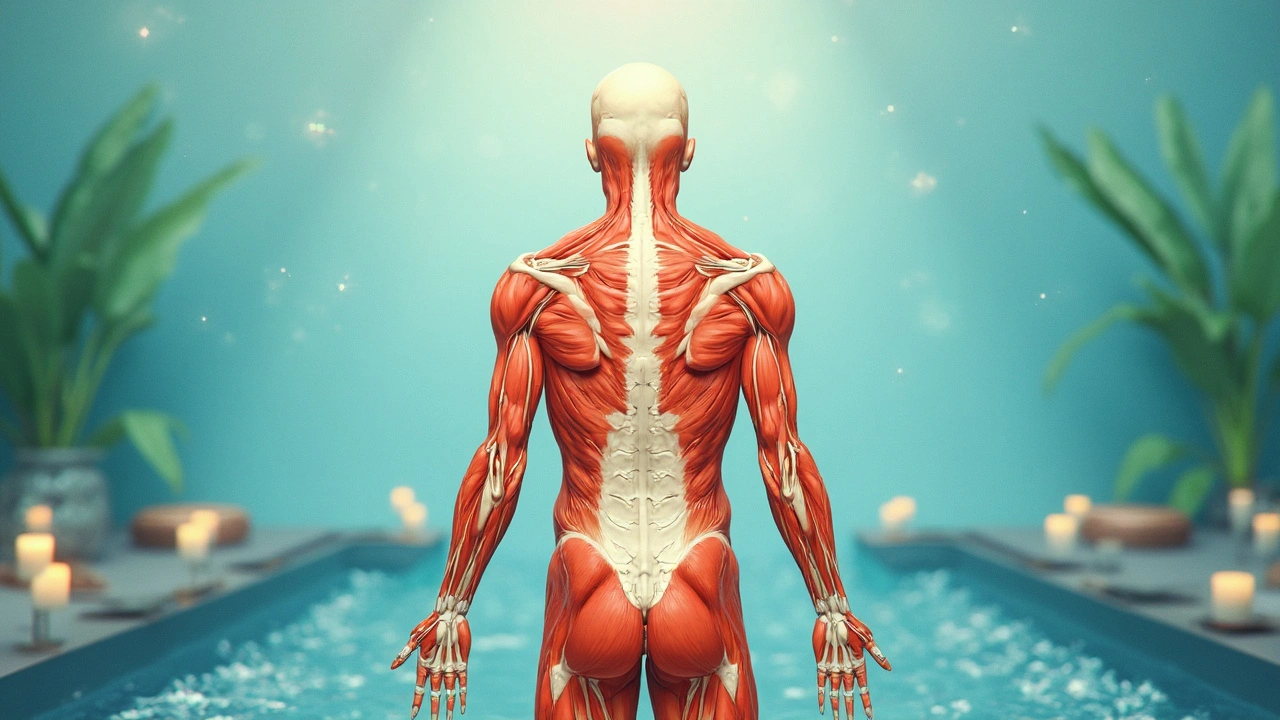Neuromuscular Massage: What It Does and How It Helps
Want to stop that nagging shoulder or calf pain that keeps coming back? Neuromuscular massage targets the exact tight spots—called trigger points—that can send pain to other parts of the body. It’s not a gentle rub; it’s focused pressure and release designed to reset muscle tension and ease nerve irritation.
Think of a trigger point like a tiny knot that doesn’t let the muscle relax. Applying steady pressure to that knot helps blood flow return, eases chemical buildup, and signals the nervous system to let go. Many people feel immediate loosening, and others notice steady improvement over a few sessions.
Who benefits and what to expect
Athletes, desk workers, parents lifting kids, and anyone with chronic tightness can benefit. Sessions usually last 30–60 minutes and concentrate on a few problem areas rather than full-body strokes. The therapist uses fingers, thumbs, elbows, or tools to apply deep, sustained pressure. You might feel soreness during or after treatment—that’s normal—but intense sharp pain, numbness, or tingling that spreads needs attention right away.
After a session expect a few hours of fatigue or mild soreness, followed by improved range of motion and less referred pain. Most people see better results with 2–6 sessions spread over weeks, combined with home care and movement work.
Simple things you can do at home
If you can’t get to a therapist right away, try a few practical moves. Use a firm ball or foam roller on the tight spot for 30–90 seconds with steady pressure, then gently stretch the muscle. Do short holds—10–20 seconds—rather than long, painful presses. Follow with heat for 10–15 minutes to relax tissue, or ice if the area is inflamed. Add light movement and strengthening exercises after the soreness eases so the muscle keeps the new length.
Be consistent. Daily short sessions beat one long session every month. Track what helps—what position, what tool, how long—to share with your therapist. That makes professional sessions more focused and effective.
Combine neuromuscular massage with posture work, mobility drills, and basic strength training. Tight muscles often come back when the underlying movement pattern or weakness isn’t fixed. A quick posture habit—like taking a minute to reset your shoulders hourly—can prolong the benefits.
When to see a pro: if pain is getting worse despite self-care, you have sharp nerve pain, sudden weakness, or loss of function, book an appointment. A trained therapist will assess whether trigger point work fits your condition and will tailor pressure and follow-up care.
Neuromuscular massage isn’t a magic cure, but it’s a powerful tool. Used correctly and paired with smart movement and home care, it can cut chronic pain, restore motion, and help you get back to what you enjoy without constant tightness holding you back.

Neuromuscular Massage: The Healing Journey Explained
Unlock the facts and real-life tips about neuromuscular massage therapy—what it actually does, who it helps, and why it's not just a regular back rub. Discover how focused pressure on trigger points can ease stubborn muscle pain from jobs, sports, or stress. Learn what a session feels like and why it works for both everyday tension and nagging injuries. Get practical advice to maximize your own healing journey. This article takes you right into the hands-on details without the jargon.

Neuromuscular Massage: Pathway to Superior Health
Neuromuscular massage isn't just for relaxation; it's a game-changer for your health. Dive into how this specific massage targets hard-to-reach muscles, relieving chronic pain and boosting flexibility. Learn how it reduces stress and improves circulation, offering a holistic approach to superior health. Practical tips and facts will guide you to make the best out of neuromuscular massage therapy. Discover why this therapy could be your next big step towards a healthier life.

Nourishing Kids: Tasty and Healthy Snack Ideas
Nov, 22 2024

Rungu: The Tribal Weapon You've Never Heard Of
Aug, 8 2023


